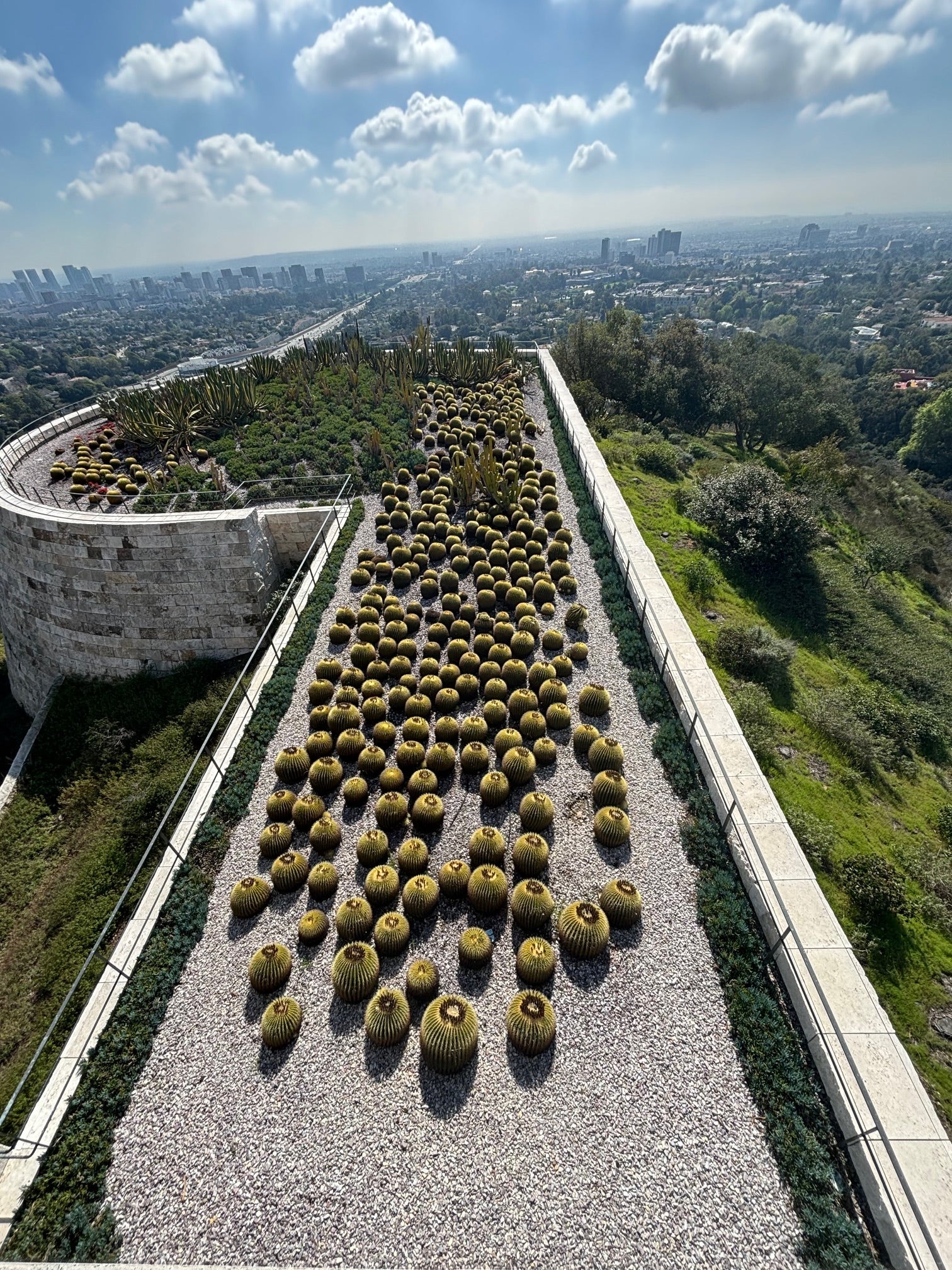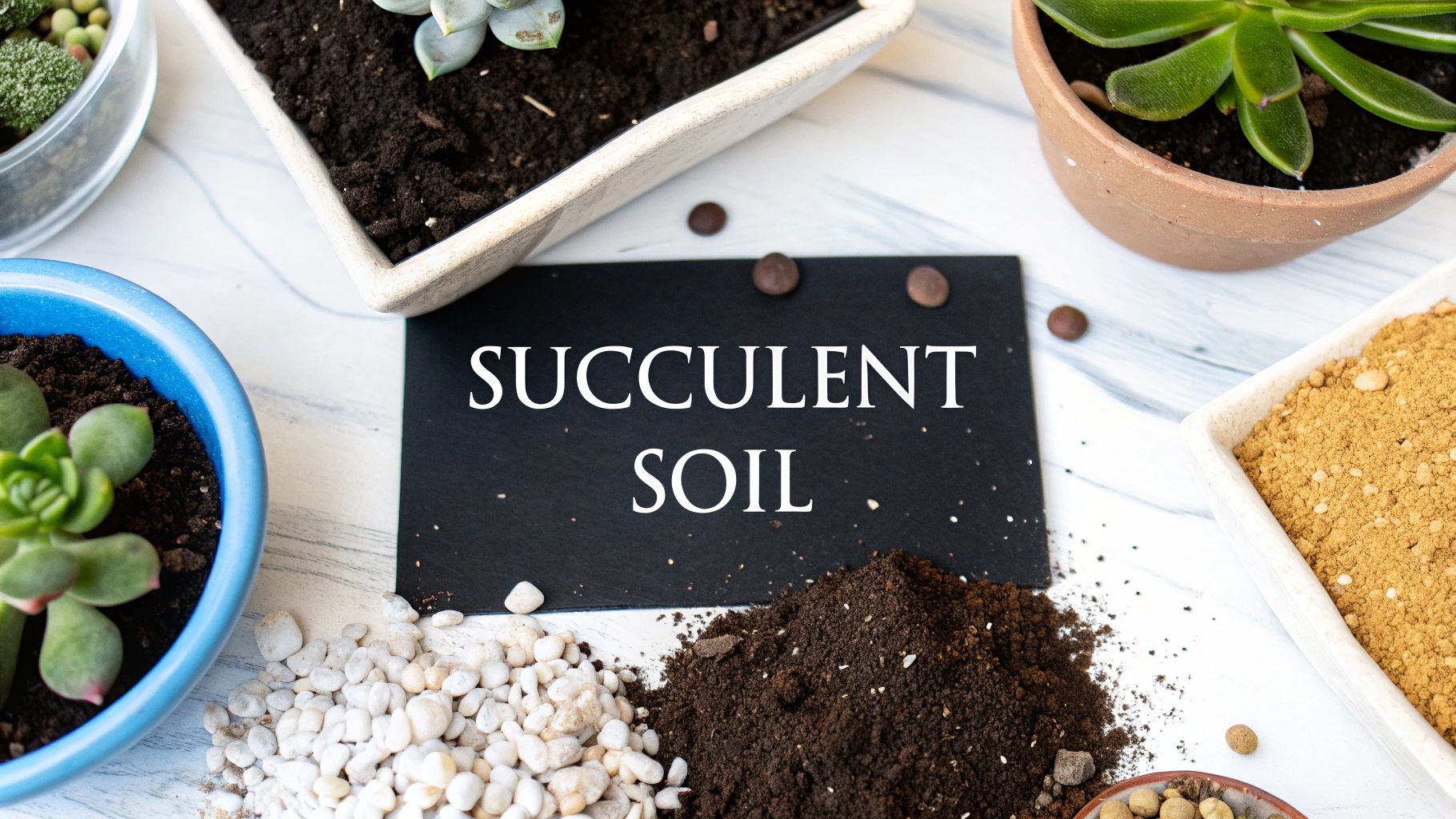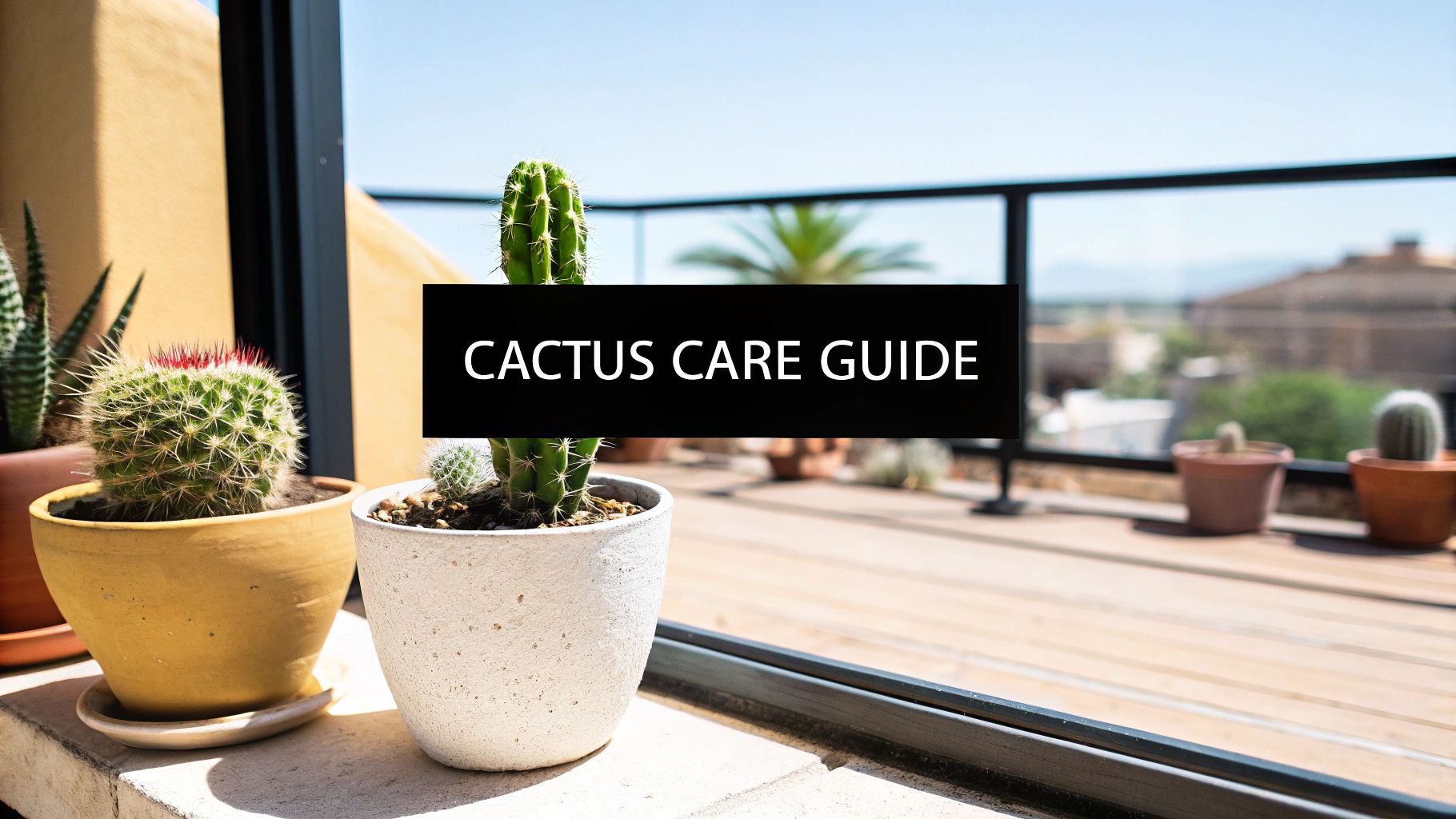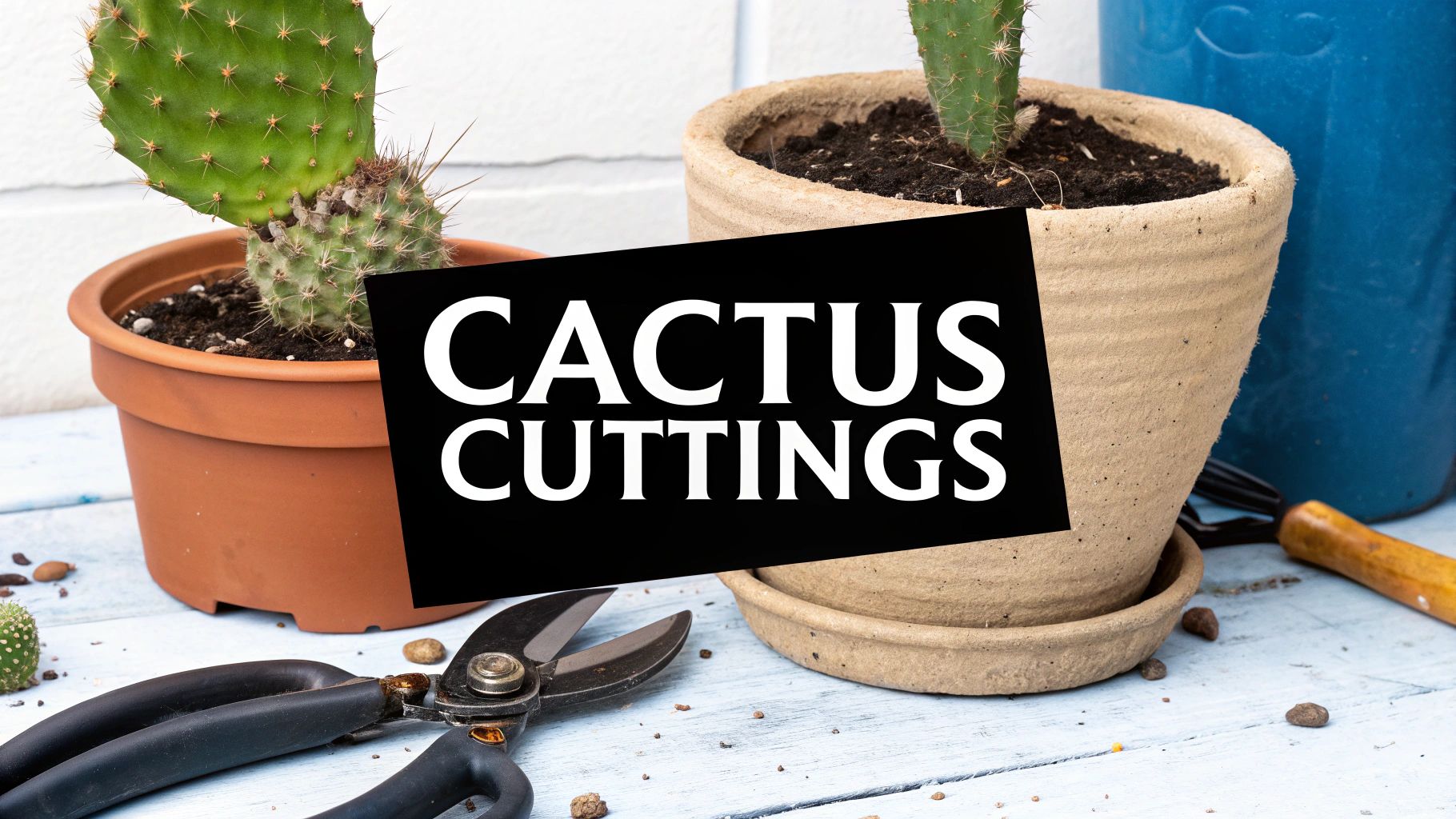Barrel cacti, with their iconic rounded shape and spiny exterior, are a staple of desert and xeriscape landscapes. These resilient plants come in various species, each with unique characteristics. Let's delve into some of the most popular types of barrel cactus.
Golden Barrel Cactus (Echinocactus grusonii)
The Golden Barrel Cactus, often referred to as the "golden ball cactus," is a very popular choice for desert gardens. Native to central Mexico, the golden barrel cactus is known for its bright yellow spines and spherical shape. It can grow quite large, reaching heights of up to 3 feet tall and 3 feet wide. Golden barrel cacti can remain solitary and some specimens will offset or "pup" to form a cluster as they grow larger. The Cactus Outlet sells both forms of the Golden Barrel Cactus. Golden barrel cacti are very hardy to heat and full sun and will tolerate temperatures into the mid-twenties faranheit for short durations of time.
Mexican Fire Barrel Cactus (Ferocactus pringlei)
As the name suggests, the Mexican Fire Barrel Cactus is native to Mexico. Its striking red spines give it a fiery appearance, contrasting beautifully with its green body. This cactus is relatively small, typically reaching a height of around 3 feet. This species of Mexican fire barrel cacti frequently "pup" or produce offsets from the base of the main plant as they mature. The skin on this particular Mexican fire barrel cactus will get a slight purple hue in the Winter time. Color in cacti and succulents can sometimes be a common reaction to environmental stressors such as lack of water and cooler temperatures.
Blue Barrel Cactus (Ferocactus glaucescens)
The Blue Barrel Cactus is a stunning addition to any desert garden. Its bluish-green skin and long, yellow-reddish spines create a unique and eye-catching appearance. This cactus is native to Mexico and can grow to 2 feet tall and 2 feet wide. The blue barrel cactus also produces offsets or "pups" as it grows which gives it a multi-headed clustering appearance as it matures. Ferocactus glaucescens tends to produce a multi-headed appearance faster and at a smaller size compared to the red Mexican fire barrel. The blue barrel cactus is hardy to full sun, scorching temperatures and takes cold to the mid-twenties faranheit for short durations of time.
Southwest Barrel Cactus (Ferocactus wislizeni)
The Southwest Barrel Cactus is a common sight in the deserts of the Southwestern United States. It is known for its large, reddish-brown spines and its ability to grow to impressive heights. The Soutwest Barrel cactus can grow(slowly) to five to six feet tall and generally remains solitary. The Southwest Barrel cactus produces beautiful red flowers starting in May.
This barrel cactus is a very hardy plant that can tolerate extreme temperatures and drought. All day sun and scorching day time temperatures are not a problem for this barrel cactus. Ferocactus wislizenni can also take cold temperatures well into the low-teens faranheit. Some have reported these barrel cacti taking temperatures as low as ten degrees faranheit.
Ferocactus and Echinocactus
The genus Ferocactus encompasses a variety of barrel cactus species, including those mentioned above. The name "Ferocactus" comes from the Latin words "ferox" (fierce) and "cactus," reflecting the sharp spines of these plants. Ferocactus species are known for their resilience and their ability to thrive in harsh desert environments. The Echinocactus genus is originally derived from the Greek word echinos, meaning hedgehog or porcupine. Kaktos( cactus) is Greek for thistle. Both words reference the pronounced spines of barrel cacti.
Caring for Barrel Cacti
Barrel cacti are relatively low-maintenance plants, but they do require some specific care. Here are a few tips:
- Sunlight: Barrel cacti need plenty of sunlight to thrive. Place them in a location with at least 3 hours of direct sunlight per day.
- Watering: Barrel cacti are drought-tolerant and can go for long periods without water. However, they do need occasional deep watering, especially during hot, dry weather.
- Soil: Use a well-draining cactus or succulent potting mix to prevent root rot.
- Fertilization: Fertilize barrel cacti once or twice a year during the growing season with a general all purpose fertilizer. Cacti do not need a special type of fertilizer. We use a 20-20-20 all purpose liquid fertilizer at the farm.
By following these care guidelines, you can enjoy the beauty and resilience of barrel cacti in your own home or garden.




